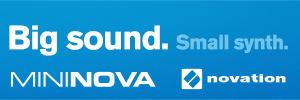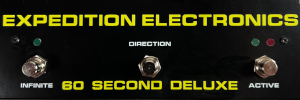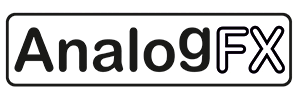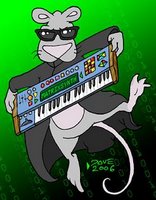
Showing posts sorted by relevance for query Gearjunkies. Sort by date Show all posts
Showing posts sorted by relevance for query Gearjunkies. Sort by date Show all posts
Monday, July 05, 2010
Vermona KICK Lancet at the Gearjunkies TechLab
YouTube via gearjunkies | July 05, 2010
"First look at the new Vermona KICK Lancet monophonic synthesizer at the Gearjunkies TechLab."
follow-up to this post.
Tuesday, June 29, 2010
Vermona MONO Lancet at the Gearjunkies TechLab
YouTube via gearjunkies | June 29, 2010 | 3:23
"First look at the new Vermona MONO Lancet monophonic synthesizer at the Gearjunkies TechLab."
Tuesday, June 01, 2010
Line 6 Midi Mobilizer - A Quick View
YouTube via gearjunkies — June 01, 2010 — "A quick view of the Line 6 Midi Mobilizer for the iPhone or iPod Touch. Made by Gearjunkies Team member Marc."
Wednesday, March 24, 2010
Musikmesse: Radikal Technologies ACCELERATOR
"The Accelerator is a polyphonic Synthesizer with eight powerful subtractive voices. Each voice consists of three oscillators, two multimode filters, 6 envelope generators, three voice LFOs and one section LFO. An additional noise source with independent multimode filtering and variable signal routing has been added for more sonic flexibility. A very nice balanced lightweighted keyboard with 61 keys, keyboard split option, aftertouch and velocity sensitivity completes the new synthesizer.
The Accelerator is perfectly prepared for your Live performances. A lot of synthesizers nowadays do not offer direct patch selection anymore. Instead of using direct access push buttons you have to dial in the desired patch and press enter. The Accelerator makes sound selection instantly available at your fingertips with dedicated patch select buttons. Furthermore, the unique program chain feature allows for programming a chain of programs that selects the correct patch automatically for you.
Another stunning new feature is the the built in 3D sensor. Movements of the keyboard are converted into Modulation data. This brilliant addition allows for controlling parameters like pitch, the filter frequency or modulation depths by lifting up or shaking the keyboard.
Do you love step sequencers and arpeggiators? The Accelerator would not be a Radikal synthesizer if we did not integrate some sequencing goodies. You can enter some notes into the step sequencer, transpose the sequences with the left hand while performing a solo at the upper end of the split keyboard.
The powerful warm and crispy sound of this new synthesizer flagship will become the center of your keyboard setup. If you would like expand the Accelerator‘s sonic power even more you can get additional voices with our DSP expansion module. The DSP expansion does not only add extra polyphony to the Accelerator - you will also be able to use up to eight independent synthesizer sounds at a time with the integrated multimode feature.
Available in june 2010.

- 3 oscillators with sweepable waveforms, time linearity modulation, phasemodulation, ringmodulation between Oszillator 2+3
- oscillator synchronisation - 6 envelope generators
- 4 LFOs (3 voice, 1p art LFO)
- noise with noise filter (multimode filter 12 / 24 dB)
- independent amp EG for noise
- 2 multimodefilter per voice - LP, HP, BP and
Notch with 12/24 dB per filter switchable
- independent oscillator to filter feeds
- serial and parallel filter configurations
- 8 voices (expandable per DSP upgrade)
- categorized randomize sound function
- monochrome graphic display with RGB backlight
- modulationmatrix
- 2 FX
- arpeggiator
- step sequencer
- split, dual, single and performance mode
- 3D positioning sensor for parameter control
- 61 lightweighted keys with channel aftertouch
- 512 sound memories
- floating point for enhanced dynamic range
- expression pedal input - footswitch input
- USB (USB MIDI class device)
- two external inputs - two outputs
- MIDI In, Out, Thru
- headphones output" http://www.radikaltechnologies.com/ via Marko of Retrosound
Remember to click on the Musikmesse label below for all synth news during the Musikmesse.
Update:
YouTube via musotalk.
Googlish:
"High quality video on http://www.musotalk.tv
Luca Anzilotti (Hitproduzent with several international hits as SNAP!) Accompanied us during the visit of Radikal Technologies with Jörg Schaaf. We could look at it closer to the accelerator and learned the details. The Accelerator has an integrated motion sensor so that the sound on the basis of movements of the keyboard can be changed.
The Accelerator is a polyphonic synthesizer with 8 votes. Each voice offers 3 oscillators, 3 multimode filters, 6 envelope generators, 3 voice and a part-LFO. Further details on the accelerator you find on the website of Radikal Technologies."
Update2:
Radikal Technologies Accelerator at the MusikMesse 2010
YouTube via gearjunkies
"Our Gearjunkies Team member Marc puts his hands on the new Radikal synth, Accelerator."
Thursday, March 13, 2008
Nord Lead Anniversary Model presentation
YouTube via gearjunkies
"The moment Clavia unveiled the Limited Edition of their Nord Lead at this years MusikMesse. More at Gearjunkies.com."
And an image and some info via the Clavia Website:
 "Nord Lead Anniversary Model Ltd. EditionClavia was founded 25 years ago by Hans Nordelius. The very first products from us involved digital audio and samples, technologies that were well and truly in its infancy back in 1983. 13 years ago Clavia launched the original Nord Lead, which made a huge impact on the synthesizer community and the MI business. The Nord Lead was Clavia's first keyboard instrument and was to lead the way, not only for the MI business but also for the direction of Clavia as a company. In order to commemorate this first 25th anniversary for Clavia, we have created the Nord Lead Anniversary Model Limited Edition. This collectible synthesizer will be made in a limited production run that will consist of only 299 units. The Nord Lead Anniversary Model Ltd. Edition shares the specifications with the Nord Lead 2x and will be easily recognizable with a custom printed front panel and the inverted color scheme on the keyboard. The individually numbered units will be delivered with a certificate of authenticity, signed by Mr Nordelius."
"Nord Lead Anniversary Model Ltd. EditionClavia was founded 25 years ago by Hans Nordelius. The very first products from us involved digital audio and samples, technologies that were well and truly in its infancy back in 1983. 13 years ago Clavia launched the original Nord Lead, which made a huge impact on the synthesizer community and the MI business. The Nord Lead was Clavia's first keyboard instrument and was to lead the way, not only for the MI business but also for the direction of Clavia as a company. In order to commemorate this first 25th anniversary for Clavia, we have created the Nord Lead Anniversary Model Limited Edition. This collectible synthesizer will be made in a limited production run that will consist of only 299 units. The Nord Lead Anniversary Model Ltd. Edition shares the specifications with the Nord Lead 2x and will be easily recognizable with a custom printed front panel and the inverted color scheme on the keyboard. The individually numbered units will be delivered with a certificate of authenticity, signed by Mr Nordelius."
Wednesday, April 24, 2013
Novation Bass Station II - Gearjunkies MusikMesse demo
Published on Apr 23, 2013 gearjunkies·90 videos
"We met up with Novation and took the opportunity to shoot a short video. Listen to some of the 'analogue' sounds of this updated synth!"
Added to the main MusikMesse BassStation II post here. You can find the full list of Musikmesse synths here.
"We met up with Novation and took the opportunity to shoot a short video. Listen to some of the 'analogue' sounds of this updated synth!"
Added to the main MusikMesse BassStation II post here. You can find the full list of Musikmesse synths here.
Friday, September 06, 2013
RIP Dick Raaymakers aka Kid Baltan
Update: new link and video below.
Gearjunkies wrote in to let us know Dick Raaymakers passed away this week on Wednesday Sept 4, 2013. He was a pioneer of electronic music, primarily working with tape producing musique concrete. Below is a video of one of his compositions with Tom Dissevelt posted here on MATRIXSYNTH back in 2009. Be sure to see the Gearjunkies post as well for another video.
via Wikipedia: "From 1954 to 1960 he worked in the field of electro-acoustic research at Royal Philips Electronics Ltd. in Eindhoven. There, using the alias Kid Baltan, he and Tom Dissevelt, under the name Electrosoniks produced works of popular music by electronic means (which turned out to be the first attempts of their kind in the world).[1] From 1960 to 1962 he then worked at the University of Utrecht as a scientific staff member. From 1963 to 1966, together with Jan Boerman, he worked in his own studio for electronic music in the Hague. Then, from 1966 until his retirement in 1995, he worked as a teacher of Electronic and Contemporary Music at the Royal Conservatoire (The Hague) and since 1991 also as a teacher of Music Theatre at the Image and Sound Interfaculty, at the same conservatory..."
Kid Baltan and Tom Dissevelt 1959
Uploaded on Nov 29, 2008 schreu26·39 videos (originally posted here)
Update via Pierre Serné on The MATRIXSYNTH Lounge:
"More about Dutch electronic and tape music Pioneer Dick Raaijmakers, who passed away last Wednesday at the age of 83:
http://patchpierre.blogspot.nl/2013/09/rip-dick-raaijmakers.html
- The interview is in Dutch but has English subtitles
Also worth watching: "Intona",a music-theater piece conceived by Dick Raaymakers.
It was performed amongst others on October 17, 1992 at V2_ in 's Hertogenbosch."
Dick Raaijmakers - Intona (Full Version) (1992)
Uploaded on Dec 23, 2010 V2unstable·275 videos
"More info: http://www.v2.nl/archive/works/intona
"Intona" is a music-theater piece conceived by Dick Raaymakers. It was performed amongst others on October 17, 1992 at V2_ in 's Hertogenbosch.
Intona is the counterpart of the work Three Ideophones. If in Three Ideophones the loudspeaker has the stage, in Intona, it is the microphone that is given a chance to express itself. In music, microphones are normally used for reproductive ends, i.e., to record music as faithfully as possible. But there is also an alternative use, a more subversive one, stemming from the 1960s, when musicians ripped the stable, fixed microphone from its stand and mobilized it. Pop musicians did this during concerts, but so did composers like Karlheinz Stockhausen, who made a number of microphones move like jet planes according to preset, plotted routes across the surface of a gigantic tom-tom. His intention was to create a new, "open" kind of music by submitting the movements of the microphones to compositional laws, thereby making them part of the whole compositional plan, not as a special effect but as musical instruments. The "microphonist" became an "instrumentalist." If there were a kind of Beaufort scale for measuring a microphone's degree of mobility and expressing it in values 1 to 10, 1 would stand for perfect immobility and stability, and 10 for extreme mobility or even total incorporeality. Numbers 1 and 2 on this scale would be reserved for recording the classical repertoire in all its splendor and glory. Above chamber music ensembles and symphony orchestras, the most sensitive microphones hang like so many motionless leaves on a tree. From this position, they can pick up the slightest sound made by an ensemble and save it for posterity. The mobility of these microphones should ideally tend towards zero. Modern composers like David Tudor, Karlheinz Stockhausen and John Cage would score a 5, 6 or 7. Pop musicians, with their mobile electric guitars and microphones, despite their roughness, stall at just 4. The challenge Intona takes up is to bring the remaining numbers 8, 9 and 10 into the picture. One must realize that at a mobility factor of 10, a microphone will dissolve entirely and disappear into the void. This occurs in Intona, not only as a result of brute implosive or explosive violence -- there's no art in that -- but in the intention of playing the microphone as expertly as possible."
Gearjunkies wrote in to let us know Dick Raaymakers passed away this week on Wednesday Sept 4, 2013. He was a pioneer of electronic music, primarily working with tape producing musique concrete. Below is a video of one of his compositions with Tom Dissevelt posted here on MATRIXSYNTH back in 2009. Be sure to see the Gearjunkies post as well for another video.
via Wikipedia: "From 1954 to 1960 he worked in the field of electro-acoustic research at Royal Philips Electronics Ltd. in Eindhoven. There, using the alias Kid Baltan, he and Tom Dissevelt, under the name Electrosoniks produced works of popular music by electronic means (which turned out to be the first attempts of their kind in the world).[1] From 1960 to 1962 he then worked at the University of Utrecht as a scientific staff member. From 1963 to 1966, together with Jan Boerman, he worked in his own studio for electronic music in the Hague. Then, from 1966 until his retirement in 1995, he worked as a teacher of Electronic and Contemporary Music at the Royal Conservatoire (The Hague) and since 1991 also as a teacher of Music Theatre at the Image and Sound Interfaculty, at the same conservatory..."
Kid Baltan and Tom Dissevelt 1959
Uploaded on Nov 29, 2008 schreu26·39 videos (originally posted here)
Update via Pierre Serné on The MATRIXSYNTH Lounge:
"More about Dutch electronic and tape music Pioneer Dick Raaijmakers, who passed away last Wednesday at the age of 83:
http://patchpierre.blogspot.nl/2013/09/rip-dick-raaijmakers.html
- The interview is in Dutch but has English subtitles
Also worth watching: "Intona",a music-theater piece conceived by Dick Raaymakers.
It was performed amongst others on October 17, 1992 at V2_ in 's Hertogenbosch."
Dick Raaijmakers - Intona (Full Version) (1992)
Uploaded on Dec 23, 2010 V2unstable·275 videos
"More info: http://www.v2.nl/archive/works/intona
"Intona" is a music-theater piece conceived by Dick Raaymakers. It was performed amongst others on October 17, 1992 at V2_ in 's Hertogenbosch.
Intona is the counterpart of the work Three Ideophones. If in Three Ideophones the loudspeaker has the stage, in Intona, it is the microphone that is given a chance to express itself. In music, microphones are normally used for reproductive ends, i.e., to record music as faithfully as possible. But there is also an alternative use, a more subversive one, stemming from the 1960s, when musicians ripped the stable, fixed microphone from its stand and mobilized it. Pop musicians did this during concerts, but so did composers like Karlheinz Stockhausen, who made a number of microphones move like jet planes according to preset, plotted routes across the surface of a gigantic tom-tom. His intention was to create a new, "open" kind of music by submitting the movements of the microphones to compositional laws, thereby making them part of the whole compositional plan, not as a special effect but as musical instruments. The "microphonist" became an "instrumentalist." If there were a kind of Beaufort scale for measuring a microphone's degree of mobility and expressing it in values 1 to 10, 1 would stand for perfect immobility and stability, and 10 for extreme mobility or even total incorporeality. Numbers 1 and 2 on this scale would be reserved for recording the classical repertoire in all its splendor and glory. Above chamber music ensembles and symphony orchestras, the most sensitive microphones hang like so many motionless leaves on a tree. From this position, they can pick up the slightest sound made by an ensemble and save it for posterity. The mobility of these microphones should ideally tend towards zero. Modern composers like David Tudor, Karlheinz Stockhausen and John Cage would score a 5, 6 or 7. Pop musicians, with their mobile electric guitars and microphones, despite their roughness, stall at just 4. The challenge Intona takes up is to bring the remaining numbers 8, 9 and 10 into the picture. One must realize that at a mobility factor of 10, a microphone will dissolve entirely and disappear into the void. This occurs in Intona, not only as a result of brute implosive or explosive violence -- there's no art in that -- but in the intention of playing the microphone as expertly as possible."
Saturday, January 20, 2007
The Clavia C3 is now the C1
 Thought this was kind of interesting. I first hear of the new Clavia combo organ being referred to as the C3. The text in that post and the text in this Gearjunkies post is your standard press release text, meaning we didn't write it. When I read the title of the Gearjunkies post I thought they had a typo calling it the C1, well, take a look at the label on the image - C1. I head on over to Clavia, and sure enough, it's the C1 now. The PR verbiage has been updated to C1 as well.
Thought this was kind of interesting. I first hear of the new Clavia combo organ being referred to as the C3. The text in that post and the text in this Gearjunkies post is your standard press release text, meaning we didn't write it. When I read the title of the Gearjunkies post I thought they had a typo calling it the C1, well, take a look at the label on the image - C1. I head on over to Clavia, and sure enough, it's the C1 now. The PR verbiage has been updated to C1 as well. Title link takes you to Clavia where you can hear some audio of the C1.
Sunday, September 03, 2006
Lassence uVentury II
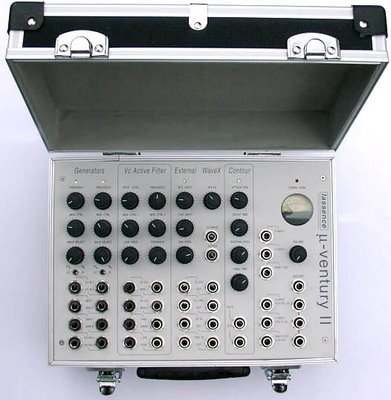
Anyone know what happened to the Lassence uVentury II? I remember when it was first announced. Frederic sent me a link to the Lassence uVentruy II page on Gearjunkies. I did a quick search and found this detailed article on Sound on Sound, dated May '03. Both the SOS article and Gearjunkies page links to www.bluebay.be which now appears to be a data warehousing and business intelligence company.
If anyone out there has one or knows more please feel free to comment. I'm curious to how they sounded. It's a gorgeous looking synth.
Update via the comments (make sure to check out the other comments as well):
"OK,The lassence ventury II was made in 14 exemplaries + the prototype,all including the proto was sold.
It was totaly handcrafted,pots are alsp plastic conductive,but are of bad mechanicaly quality,the VCO's are stablebut only Volt/octave for a range of maximum 3.5 octaves (if you calibrate them)(none on the sold units where properly calibrated) Components and manufacture of prints and case was high-Q. Indeed the VU serve for nothing,and the Wave-X is poor,also the ADSR has a faulty thing,but can be updated just by adding one single resistor. The filter is SEM influenced.
Story: The unit was originaly designed that wy because the guy that have invest in the proto wants a tube-tech look. The project was abandoned. Untill X found a new interested distributor.
It went ok ,and units get starting manufacturing,but the death-end of shipping was to soon ,and the product wasn't througfully tested,thats why problems with pots,adsr,wave-x and,not calibrated!
On top of that meanwhile some units where 'fixed' the distributor absolutely want to send a unit for review to s.0.s,...this was the death before the unit was born!
Retail price was way to high because the machine was totaly hand assambled + the bad s.o.s review..... the last 4 units where sold for only 600$ (i buyed 2 of them,been close friend to the guy who's buit them,i fixed them very quick)(any unit can be turn into a very nice reliable machine just by changing all pots,fix the adsr,and tune the vco's 1v/oct.)
In fact the modules where available since years already,the guy was an ex-ACME member in 80ties and then at that period they where distributor for the digisound brand . We have sale a lot of modules in early 90ties untill our huge curtis stock was empty At huge demand the complete set was completely re-designed using discrete components.
Most of our systems where sold to the country's techno underground scene that use them in there live acts,all always made completely custom on special orders. It had created a very closed entourage almost a myth as manny people want them but not could reach the builder any way,as everything was keept secret by the scene. Untill it was time ('i' think it was time,that these deserve more respect). So i/we decided to re-launche them 'properly' and start to manufacture them like beatufull modules of other brands.
The basic set is complete.
DUAL VCO/LFO
DUAL ADSR
MULTIMODE 12db VCF
24db VCF
DUAL VCA
DUAL Ring Modulator
8-step sequential voltage source
quad VCO/LFO
Wave multiplier (this kills now! it sound identical to the serge middle section,thougt ofcourse
electronic design is different.
Still available
CEM 3340 VCO (if u supplie the cem)
Buzzy Project
Sequencer
High-end vco (v/oct. at wide span)
All modules are at same pitch off MOTM.etc so you can easy fit them together.
These modules 'sounds' or better what you can do with it,is very different
compared to other vintage or commercial products.
They where basicaly intended to create 'alien-like' new sound sculptions,and not to
use them to play do,re,mi,fa,so...Ofcource you can.
the in and outputs are very high,you can do extreme feedbacks and modulations between modules.
I have try lot of modulars,we have client that have an MOTM,MOOG,and our new modules...
If i know how i can post a pic here,i can present soon exclusive for matrixsynth
the the proto...and finaly eventualy sond files
see u l8r alig8r"
In a while crocodile. Thank you!
Wednesday, September 15, 2021
Superbooth 21 Fred's Lab ZeKit 4 voice polyphonic synthesizer
video upload by Gearjunkies
"At Superbooth 2021 in Berlin, Frédéric from Fred's Lab shows you his latest 4 voice polyphonic synthesizer, the ZeKit"
Fred's Lab ZeKit posts
Monday, February 16, 2009
Wednesday, December 25, 2019
Modor NF 1 digital synthesizer overview and sound demo
Published on Dec 25, 2019 Gearjunkies
"The Modor NF-1 is an 8-voice polyphonic virtual analog synthesizer desktop synthesizer, made in Belgium. It has a special formant filter, 448 presets and a nicely designed user interface. We think it is a really nice and special synthesizer, and we want to show you what is and what it can do in this video."
Wednesday, February 26, 2020
Waldorf Kyra synthesizer 20 cool presets sound demo
Published on Feb 26, 2020 Gearjunkies
"The Waldorf Kyra is a beast of a digital synthesizer. Marc recorded 20 presets and he is happy to let you hear these."
Wednesday, January 01, 2020
Novation Supernova II Rack sound demo
Published on Jan 1, 2020 Gearjunkies
"The Novation Supernova II is a virtual analog synthesizer from the beginning of this century. It is the successor to the Supernova, which was launched in 1998.
In this new video you get text and explanation about this synthesizer, and Marc also shows you some sounds from the Supernova II."
Tuesday, November 10, 2009
Akai MPC 2500 Special Edition SE
 akai-pro.jp (Googlish here)
akai-pro.jp (Googlish here)When you get there you will see three boxes with Japanese text right under the image to the left. Click on the gray ones for more info.
"Finished being missed MPC2500, the new outfit "Special Edition" re-emerge as!
Reference instruments exhibited at the Fair 2009!
riginal MPC2500 features in addition to performance,
 * Original and contrasting white color of the underlying
* Original and contrasting white color of the underlying* Side panel, front panel pattern of carbon
* High contrast blue LCD panel for easy viewing
* Loopmasters Sample CD-ROM included with instrument
* 128MB RAM is already extended
* Already equipped with the optional CD-R drive
As is appropriate to name a special specification."
Click the images for the full size shots.
via Gearjunkies



Wednesday, March 24, 2010
Muskikmesse: First look at the Elektron Octatrack
YouTube via gearjunkies. Added to this post where comments are enabled.
"During the MusikMesse at Frankfurt, our team filmed this demonstration of the new Elektron Octatrack."
Saturday, January 09, 2010
NAMM: Sneak Preview NAMM 2010 - Access Virus TI
YouTube via gearjunkies
"This is a audio preview of a future Virus TI operating system. All patches were specifically designed to illustrate new features to be announced on the NAMM show 2010. Access only used single sounds and no additional effects.
http://www.virus.info"
 Access
AccessClick the image for the full size shot.
Monday, April 08, 2013
Introducing the Novation BassStation 2 All Analog Synth
Novation // 21 Years of Innovation
Published on Apr 8, 2013 NovationTV·156 videos

"Bass Station II is an analogue mono-synth based on the classic original Bass Station but re-worked for the 21st century. It has two filters, two oscillators plus a third sub-oscillator, patch save and a fully analogue effects section. Add a step sequencer, arpeggiator, full sized keys and a powerful modulation section and you have the makings of a synth that is built for bass, but capable of so much more.
Bass Station II marks Novation's 21st birthday - find out more about Novation's early synths and how the technology evolved over 20 years"
 What is it?
What is it?
Bass Station II is an analogue mono-synth with a talent for bass, but a sound-engine that is versatile enough to kick out sharp leads and crisp arpeggios. It brings the best elements of the original Bass Station into a brand new design with re-worked modulation, effects, filters and more; like the Bass Station, but a much much bigger sound.
The signal path is pure analogue - including the effects section. The hardware has been laid out in modules with dedicated pots, switches, sliders and buttons for all major parameters. Critically, you can store and recall patches on Bass Station II. It comes with 64 killer factory presets, space for 64 of your own sounds on the hardware, and you can store more on your computer.
 The key-mech consists of 25 full sized keys that are velocity sensitive with assignable aftertouch. It has been developed as a ‘synth-action’ keyboard, where each key is individually sprung so it is light to the touch and highly responsive to the synth engine. Bass Station II is a fully class compliant MIDI device with MIDI I/O on 5 pin din ports – for connecting to other MIDI outboard – and with your computer over USB. You can even connect an external instrument and run it through Bass Station II's analogue filter and effects."
The key-mech consists of 25 full sized keys that are velocity sensitive with assignable aftertouch. It has been developed as a ‘synth-action’ keyboard, where each key is individually sprung so it is light to the touch and highly responsive to the synth engine. Bass Station II is a fully class compliant MIDI device with MIDI I/O on 5 pin din ports – for connecting to other MIDI outboard – and with your computer over USB. You can even connect an external instrument and run it through Bass Station II's analogue filter and effects."
"The Synth Engine: A Brief Overview
Oscillators: Bass Station II is built on three analogue oscillators and a noise generator. There are two fully independent oscillators plus a sub oscillator (which is the critical component in creating rich, analogue bass sounds). Oscillators One and Two are switchable between sine, sawtooth, square and variable pulse width, and Oscillator Three - the sub osc - can be set to one or two octaves below Oscillator One. It can be square, sine or narrow pulse width, delivering the characteristically ‘fat’ bass tone.
Filters: You can select between two discrete filters - ‘Acid’ or ‘Classic’ - each with a built in overdrive for pushing filter tones from dry, to warm, to nasty! The ‘Classic’ Bass Station filter can be switched between low pass, high pass and band pass at 12 or 24dB slopes. The ‘Acid’ filter is based on a diode ladder filter design that delivers a characteristically 303-esque sound that is designed to squelch!
Effects
Bass Station II has two effects (not including the filter overdrive). Analogue distortion drives circuit components to add new frequencies to the sound. Bass Station II’s Distortion function can add gentle warmth, filthy granularity and anything in between. The second effect is ‘Osc Filter Mod’ which creates a distinctive FM-type sound by using Oscillator Two to modulate the filter frequency. This is very good at crunchy, sound-mulching effects that substantially fatten up bass and lead patches.
Modulation
There are two envelope generators and two low frequency oscillators (LFOs). The first envelope is an ADSR amp envelope and the second is a mod envelope that can be used to modulate filter frequency, oscillator pitch and osc pulse width. LFO One is dedicated to pitch modulation whereas LFO is used to modulate osc pulse width and filter frequency. Although it looks like there are four LFO waveforms, the ‘LFO Slew’ function can be used freely to sculpt LFOs into smoother wave-shapes creating many more LFO possibilities.
Arpeggiator and step sequencer
Bass Station II’s Arpeggiator and Step Sequencer are killer performance and production tools. The Arp can be directed to run through 32 different rhythmic patterns in different directions with a switchable octave range. You can also engage the Step Sequencer. Up to four sequences can be played in – with legato and rests – and played back using any one of the 32 rhythmic patterns. As well as getting ideas down quickly and programming performance sequences, this is a brilliant way to preview patches while you are editing them.
This just scratches the surface of the synth engine. Bass Station II is a powerful little synth with a lot more than first meets the eye. There are many more oscillator, envelope, LFO and modulation functions that are too numerous to detail here. The best way to experience Bass Station II is to get hands-on!
Specs:
Published on Apr 8, 2013 NovationTV·156 videos

"Bass Station II is an analogue mono-synth based on the classic original Bass Station but re-worked for the 21st century. It has two filters, two oscillators plus a third sub-oscillator, patch save and a fully analogue effects section. Add a step sequencer, arpeggiator, full sized keys and a powerful modulation section and you have the makings of a synth that is built for bass, but capable of so much more.
Bass Station II marks Novation's 21st birthday - find out more about Novation's early synths and how the technology evolved over 20 years"
 What is it?
What is it?Bass Station II is an analogue mono-synth with a talent for bass, but a sound-engine that is versatile enough to kick out sharp leads and crisp arpeggios. It brings the best elements of the original Bass Station into a brand new design with re-worked modulation, effects, filters and more; like the Bass Station, but a much much bigger sound.
The signal path is pure analogue - including the effects section. The hardware has been laid out in modules with dedicated pots, switches, sliders and buttons for all major parameters. Critically, you can store and recall patches on Bass Station II. It comes with 64 killer factory presets, space for 64 of your own sounds on the hardware, and you can store more on your computer.
 The key-mech consists of 25 full sized keys that are velocity sensitive with assignable aftertouch. It has been developed as a ‘synth-action’ keyboard, where each key is individually sprung so it is light to the touch and highly responsive to the synth engine. Bass Station II is a fully class compliant MIDI device with MIDI I/O on 5 pin din ports – for connecting to other MIDI outboard – and with your computer over USB. You can even connect an external instrument and run it through Bass Station II's analogue filter and effects."
The key-mech consists of 25 full sized keys that are velocity sensitive with assignable aftertouch. It has been developed as a ‘synth-action’ keyboard, where each key is individually sprung so it is light to the touch and highly responsive to the synth engine. Bass Station II is a fully class compliant MIDI device with MIDI I/O on 5 pin din ports – for connecting to other MIDI outboard – and with your computer over USB. You can even connect an external instrument and run it through Bass Station II's analogue filter and effects.""The Synth Engine: A Brief Overview
Oscillators: Bass Station II is built on three analogue oscillators and a noise generator. There are two fully independent oscillators plus a sub oscillator (which is the critical component in creating rich, analogue bass sounds). Oscillators One and Two are switchable between sine, sawtooth, square and variable pulse width, and Oscillator Three - the sub osc - can be set to one or two octaves below Oscillator One. It can be square, sine or narrow pulse width, delivering the characteristically ‘fat’ bass tone.
Filters: You can select between two discrete filters - ‘Acid’ or ‘Classic’ - each with a built in overdrive for pushing filter tones from dry, to warm, to nasty! The ‘Classic’ Bass Station filter can be switched between low pass, high pass and band pass at 12 or 24dB slopes. The ‘Acid’ filter is based on a diode ladder filter design that delivers a characteristically 303-esque sound that is designed to squelch!
Effects
Bass Station II has two effects (not including the filter overdrive). Analogue distortion drives circuit components to add new frequencies to the sound. Bass Station II’s Distortion function can add gentle warmth, filthy granularity and anything in between. The second effect is ‘Osc Filter Mod’ which creates a distinctive FM-type sound by using Oscillator Two to modulate the filter frequency. This is very good at crunchy, sound-mulching effects that substantially fatten up bass and lead patches.
Modulation
There are two envelope generators and two low frequency oscillators (LFOs). The first envelope is an ADSR amp envelope and the second is a mod envelope that can be used to modulate filter frequency, oscillator pitch and osc pulse width. LFO One is dedicated to pitch modulation whereas LFO is used to modulate osc pulse width and filter frequency. Although it looks like there are four LFO waveforms, the ‘LFO Slew’ function can be used freely to sculpt LFOs into smoother wave-shapes creating many more LFO possibilities.
Arpeggiator and step sequencer
Bass Station II’s Arpeggiator and Step Sequencer are killer performance and production tools. The Arp can be directed to run through 32 different rhythmic patterns in different directions with a switchable octave range. You can also engage the Step Sequencer. Up to four sequences can be played in – with legato and rests – and played back using any one of the 32 rhythmic patterns. As well as getting ideas down quickly and programming performance sequences, this is a brilliant way to preview patches while you are editing them.
This just scratches the surface of the synth engine. Bass Station II is a powerful little synth with a lot more than first meets the eye. There are many more oscillator, envelope, LFO and modulation functions that are too numerous to detail here. The best way to experience Bass Station II is to get hands-on!
Specs:
Wednesday, November 10, 2021
Fred's Lab Zekit synthesizer Assembly and review
video upload by Gearjunkies
"The Zekit is a small analog-digital hybrid synthesizer, and it is available readymade or as a kit. In this video, we'll show you how to build this analog synthesizer, and you'll get an in-depth review.
Thanks to: https://fredslab.net/en/zekit-module.php"
Wednesday, January 12, 2011
Yamaha announces KARMA Motif Software for PC and Mac
"Yamaha and Karma-Lab announces the development and release of KARMA Motif Software for PC and Mac. This new entry in the renowned developer’s line of software applications brings the award-winning and patented KARMA algorithmic music technology to the Yamaha Motif XS and Yamaha Motif XF platforms.
“This exciting new collaboration brings the power of KARMA to a completely new user base using the great sounds and features of the Yamaha Motif series,” said KARMA developer Stephen Kay, who will demonstrate the software at NAMM.
“This will add a whole new dimension to the Motif experience.” KARMA Motif debuts the new KARMA 3.0 technology with a host of new features including eight-track design (six KARMA Modules and two Keyboard Layers) per Performance, per-track Volume and Mute stored in each of the 32 Scenes and the ability to individually adjust the mix of all parts in each Scene.
Users are also able to control Velocity Response Curves by individually tailoring the velocity response for the left hand keyboard, the right hand keyboard, the input to KARMA from the keyboard, and the 16 Chord Triggers (pads), without editing the Motif's programs or songs. A Fill/Stop Feature allows for the use of one or more modules as a melodic or drum fill with the ability to stop and start other modules automatically.
The Advanced Stutter Feature lets users retrigger the entire groove at different rhythmic resolutions, from machine-gun stutters to slow triplet hits. It also features a real-time Master Transpose function, Chord Triggers that can activate pre-programmed chords, hits, sound effects and even the Motif's arps. And, with the new KARMA software, all of the buttons and sliders on the Motif's interface (in Remote Mode) can be used to trigger the Chord Triggers and Fills, the Stutter feature, Scene changes, Scene mixes and real-time algorithmic variations.
KARMA Motif's Performances use the Motif's Song/Mixing mode, where each of the 64 songs is a complete KARMA algorithmic music groove with a left hand and right hand zone for controlling KARMA and soloing on top of it. The Motif's arps are also integrated in many performances as additional elements that can be added via the 16 Chord Triggers. While in Song Mode, players are just one step away from recording their KARMA-created musical performances into the Motif's sequencer, or the output can be routed to any DAW for external sequencing.
Furthermore, a KARMA Performance can call up any Motif Voice, Performance, Song, Pattern, or Master slot when loading, so that KARMA can be used in any of the Motif's modes.
“KARMA is one of the most innovative and interactive music software programs ever developed,” said Athan Billias, Director of Marketing at Yamaha’s Pro Audio & Combo division. “Combined with the incredible variety of Motif arps and unique features, like real-time Loop remix, KARMA and Motif combine to create one of the most powerful music production platforms available today.”
KARMA Motif Software for PC and Mac ($199) is scheduled to be available directly from Karma-Lab in April 2011"
via Gearjunkies
“This exciting new collaboration brings the power of KARMA to a completely new user base using the great sounds and features of the Yamaha Motif series,” said KARMA developer Stephen Kay, who will demonstrate the software at NAMM.
“This will add a whole new dimension to the Motif experience.” KARMA Motif debuts the new KARMA 3.0 technology with a host of new features including eight-track design (six KARMA Modules and two Keyboard Layers) per Performance, per-track Volume and Mute stored in each of the 32 Scenes and the ability to individually adjust the mix of all parts in each Scene.
Users are also able to control Velocity Response Curves by individually tailoring the velocity response for the left hand keyboard, the right hand keyboard, the input to KARMA from the keyboard, and the 16 Chord Triggers (pads), without editing the Motif's programs or songs. A Fill/Stop Feature allows for the use of one or more modules as a melodic or drum fill with the ability to stop and start other modules automatically.
The Advanced Stutter Feature lets users retrigger the entire groove at different rhythmic resolutions, from machine-gun stutters to slow triplet hits. It also features a real-time Master Transpose function, Chord Triggers that can activate pre-programmed chords, hits, sound effects and even the Motif's arps. And, with the new KARMA software, all of the buttons and sliders on the Motif's interface (in Remote Mode) can be used to trigger the Chord Triggers and Fills, the Stutter feature, Scene changes, Scene mixes and real-time algorithmic variations.
KARMA Motif's Performances use the Motif's Song/Mixing mode, where each of the 64 songs is a complete KARMA algorithmic music groove with a left hand and right hand zone for controlling KARMA and soloing on top of it. The Motif's arps are also integrated in many performances as additional elements that can be added via the 16 Chord Triggers. While in Song Mode, players are just one step away from recording their KARMA-created musical performances into the Motif's sequencer, or the output can be routed to any DAW for external sequencing.
Furthermore, a KARMA Performance can call up any Motif Voice, Performance, Song, Pattern, or Master slot when loading, so that KARMA can be used in any of the Motif's modes.
“KARMA is one of the most innovative and interactive music software programs ever developed,” said Athan Billias, Director of Marketing at Yamaha’s Pro Audio & Combo division. “Combined with the incredible variety of Motif arps and unique features, like real-time Loop remix, KARMA and Motif combine to create one of the most powerful music production platforms available today.”
KARMA Motif Software for PC and Mac ($199) is scheduled to be available directly from Karma-Lab in April 2011"
via Gearjunkies
NEXT PAGE
HOME
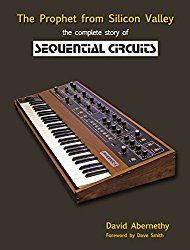
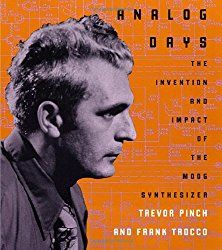
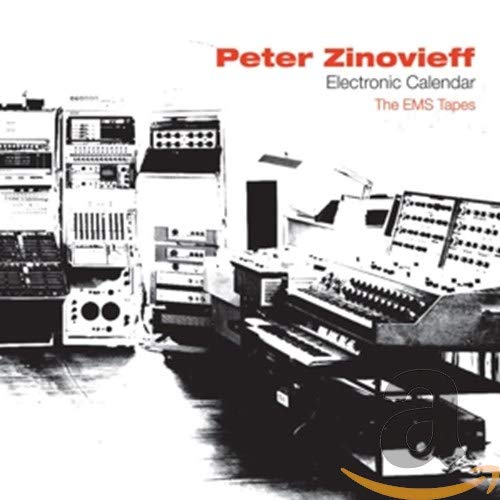
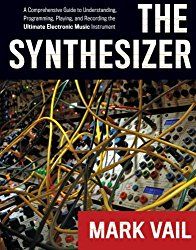
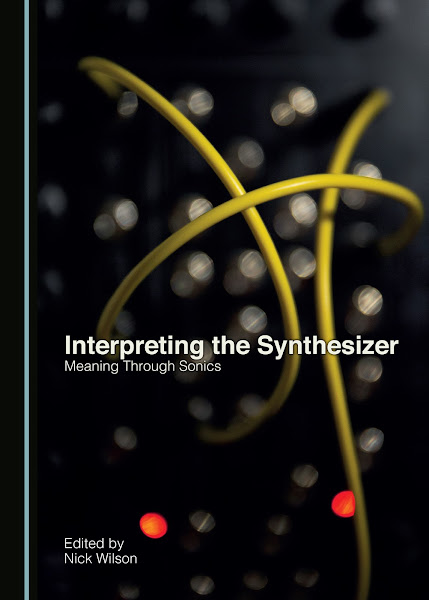
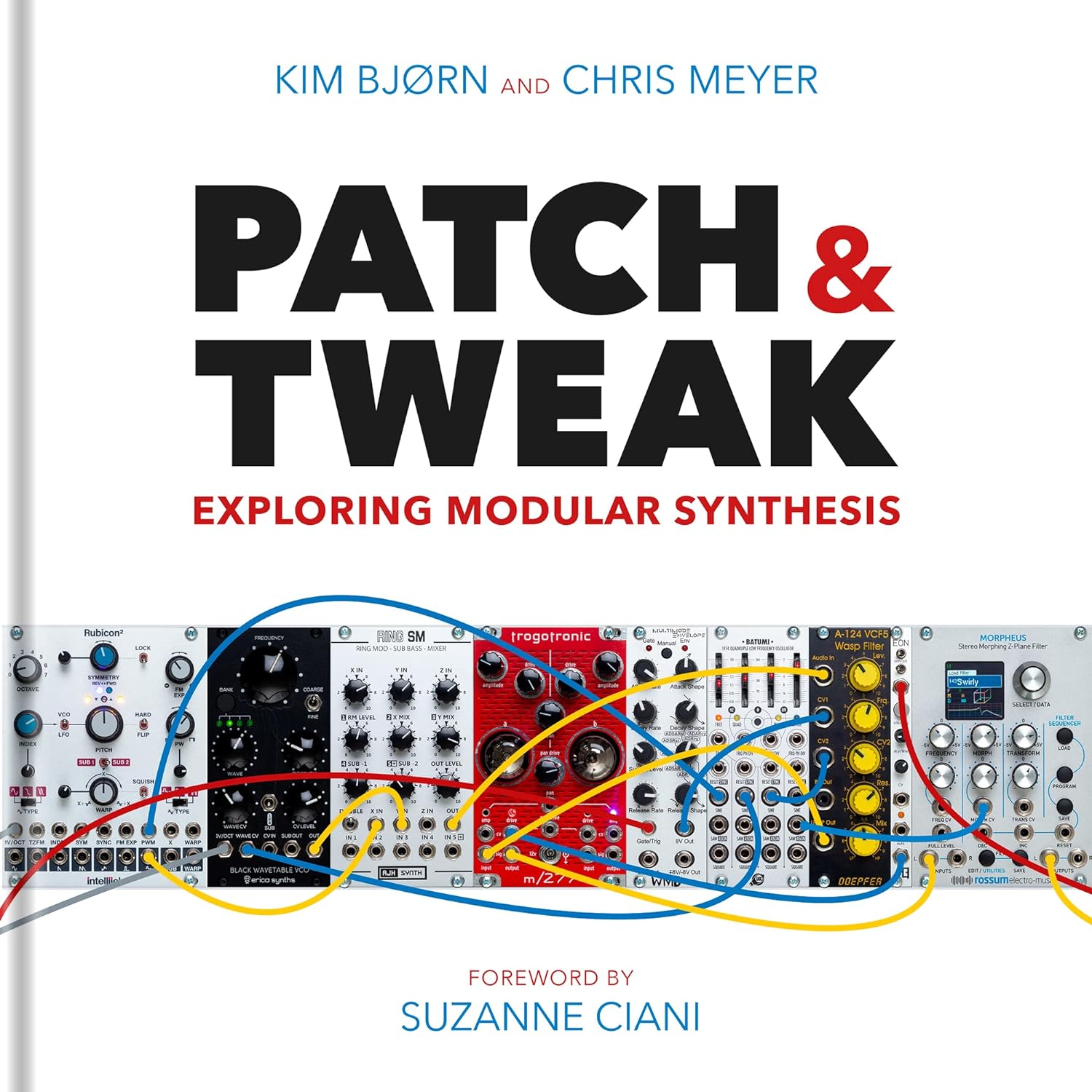
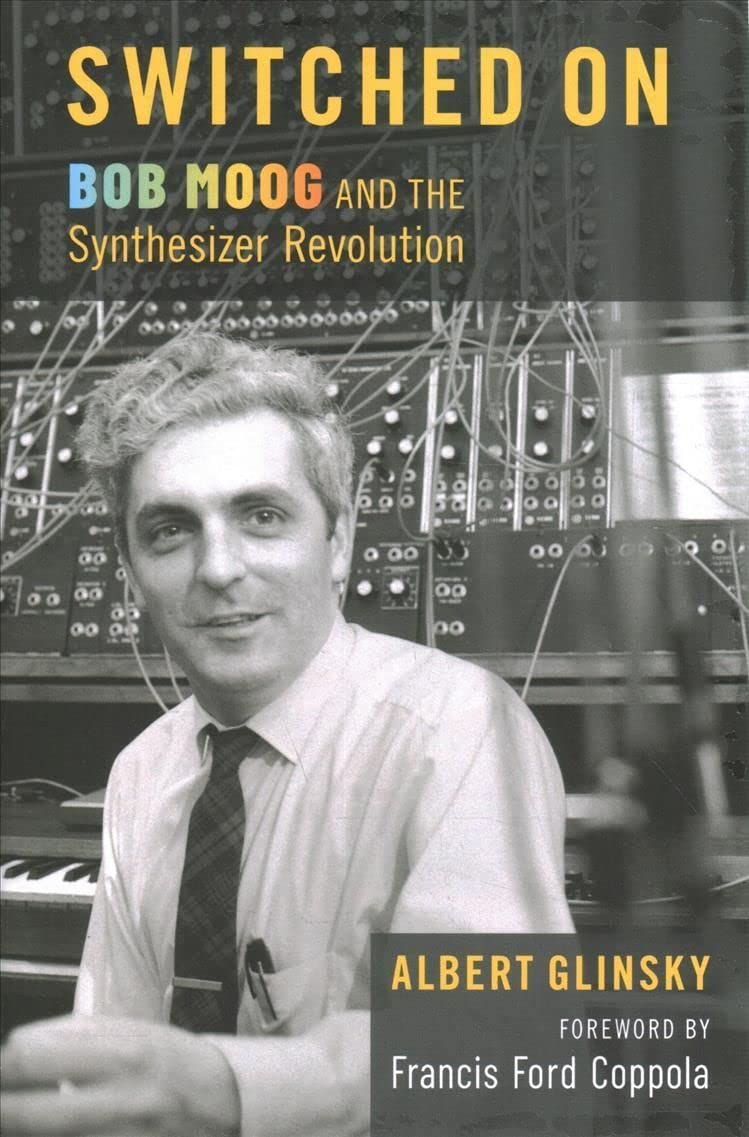
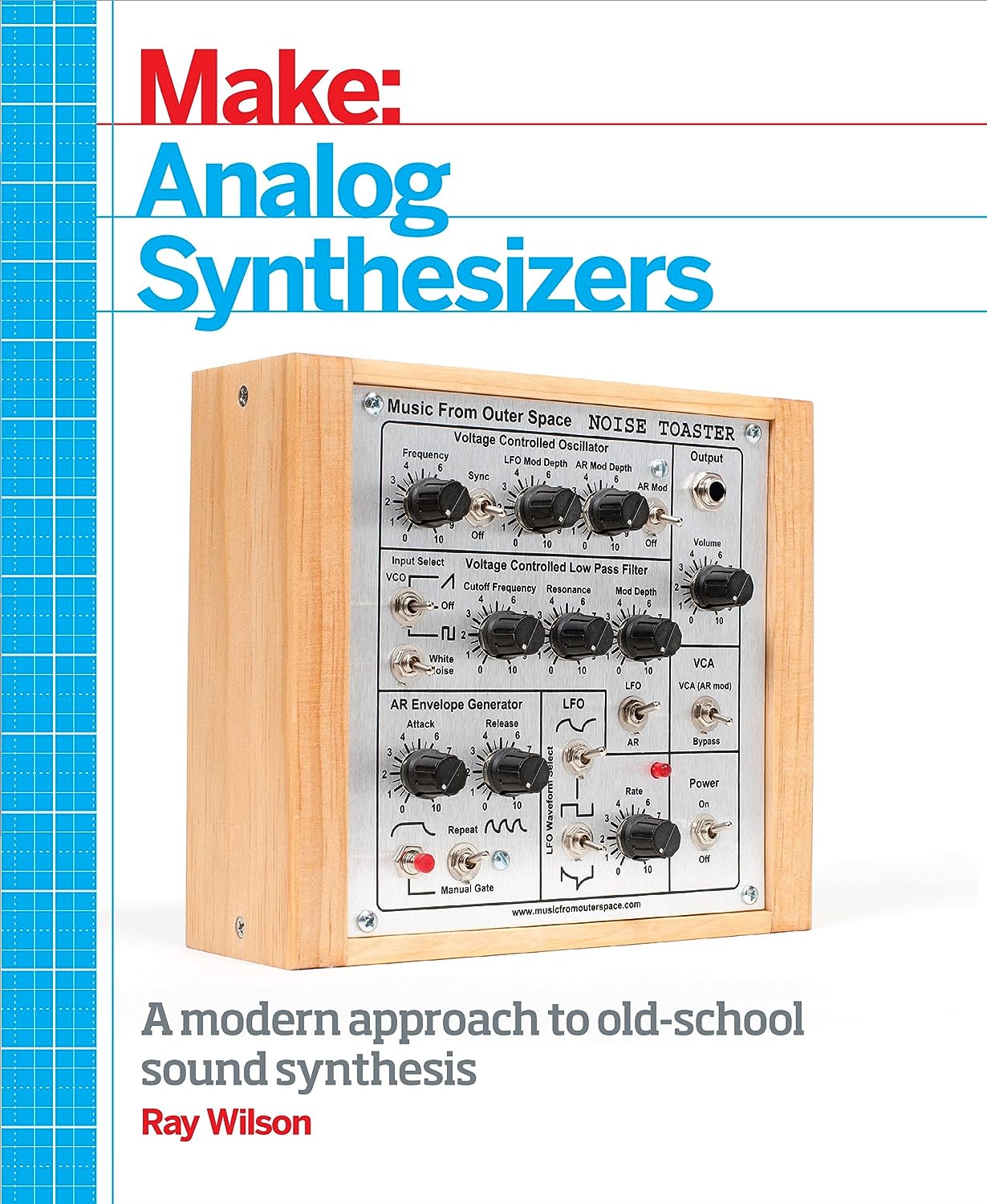
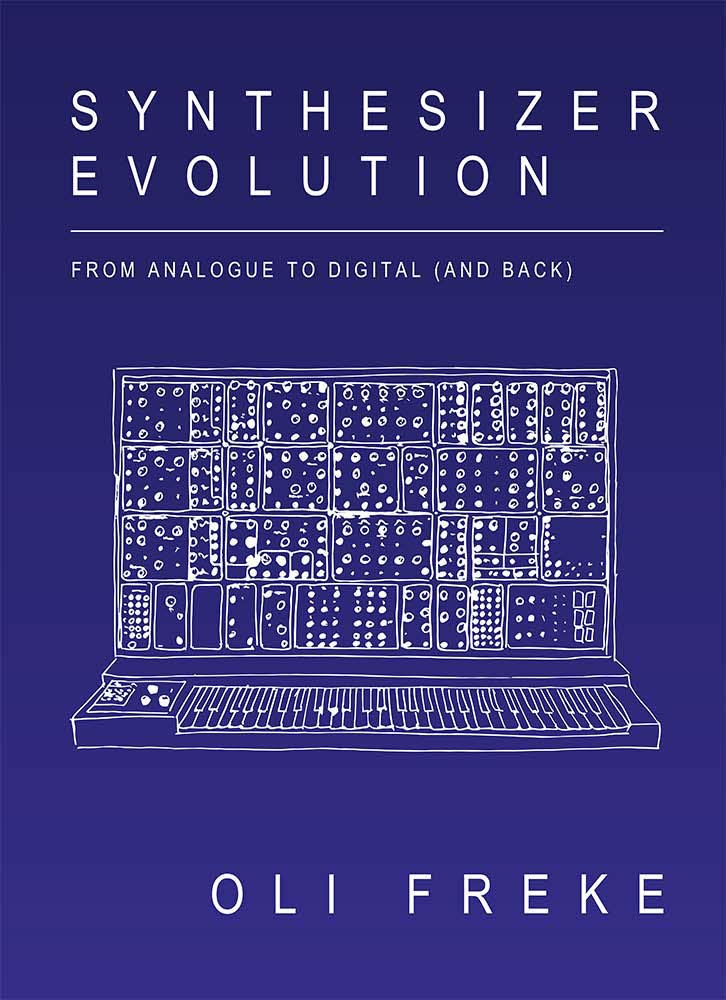
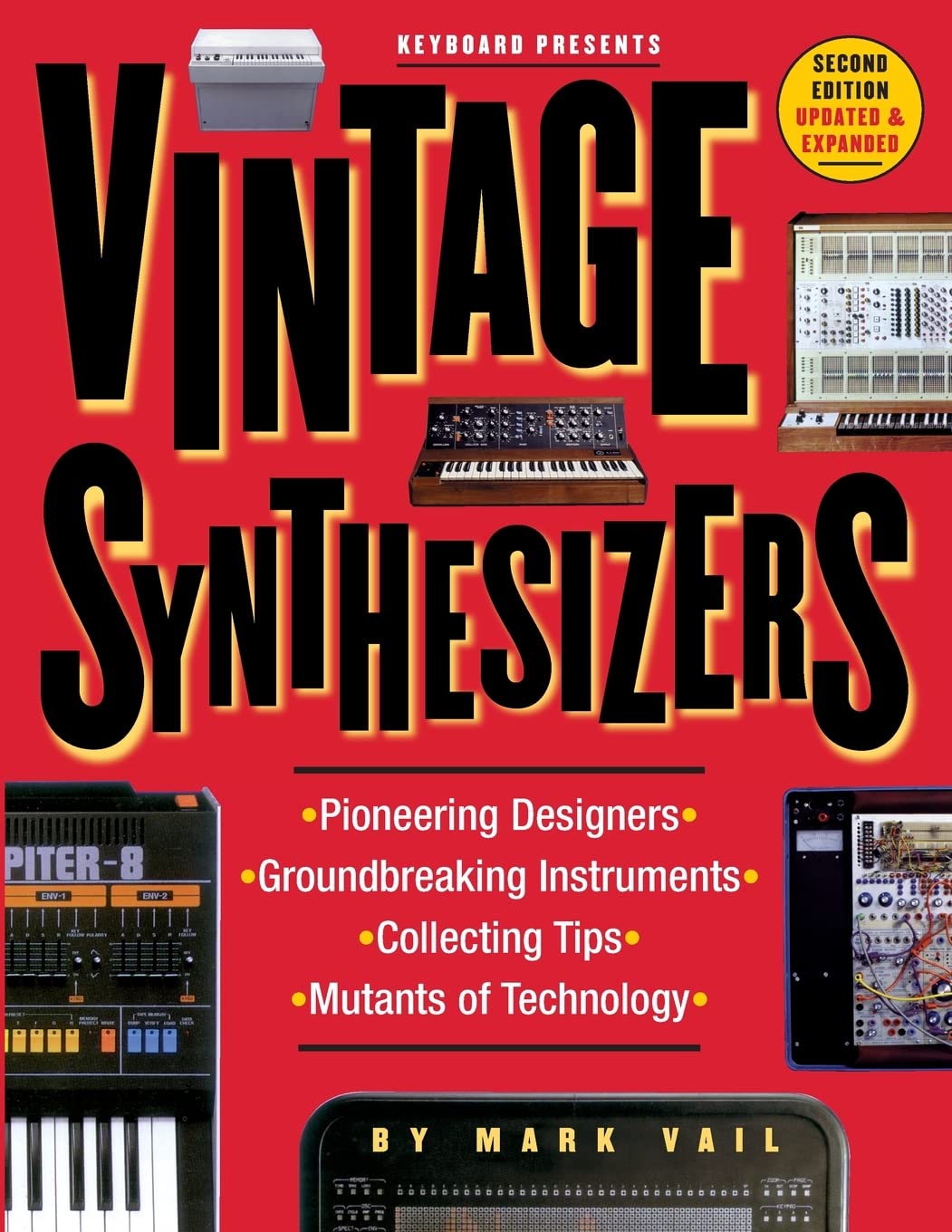
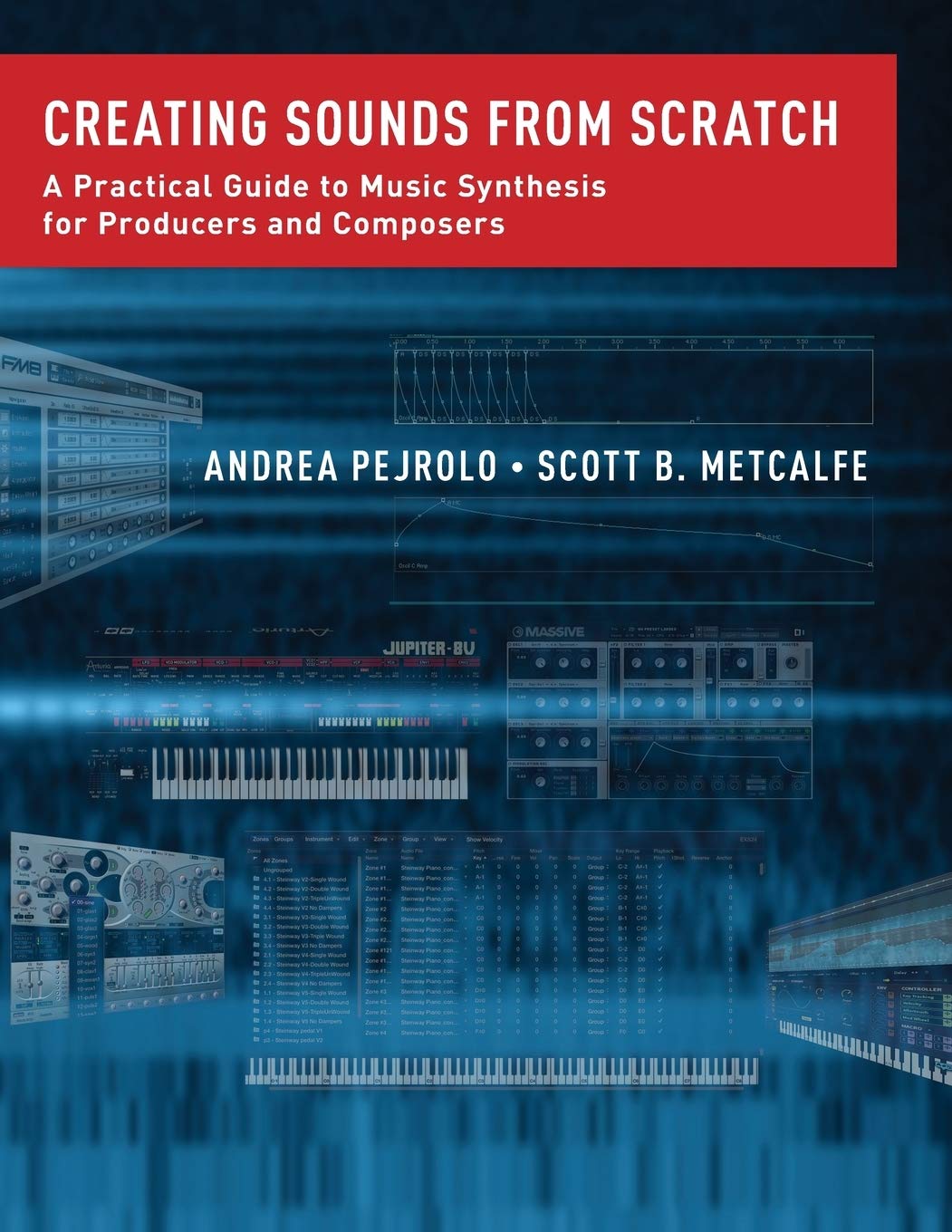
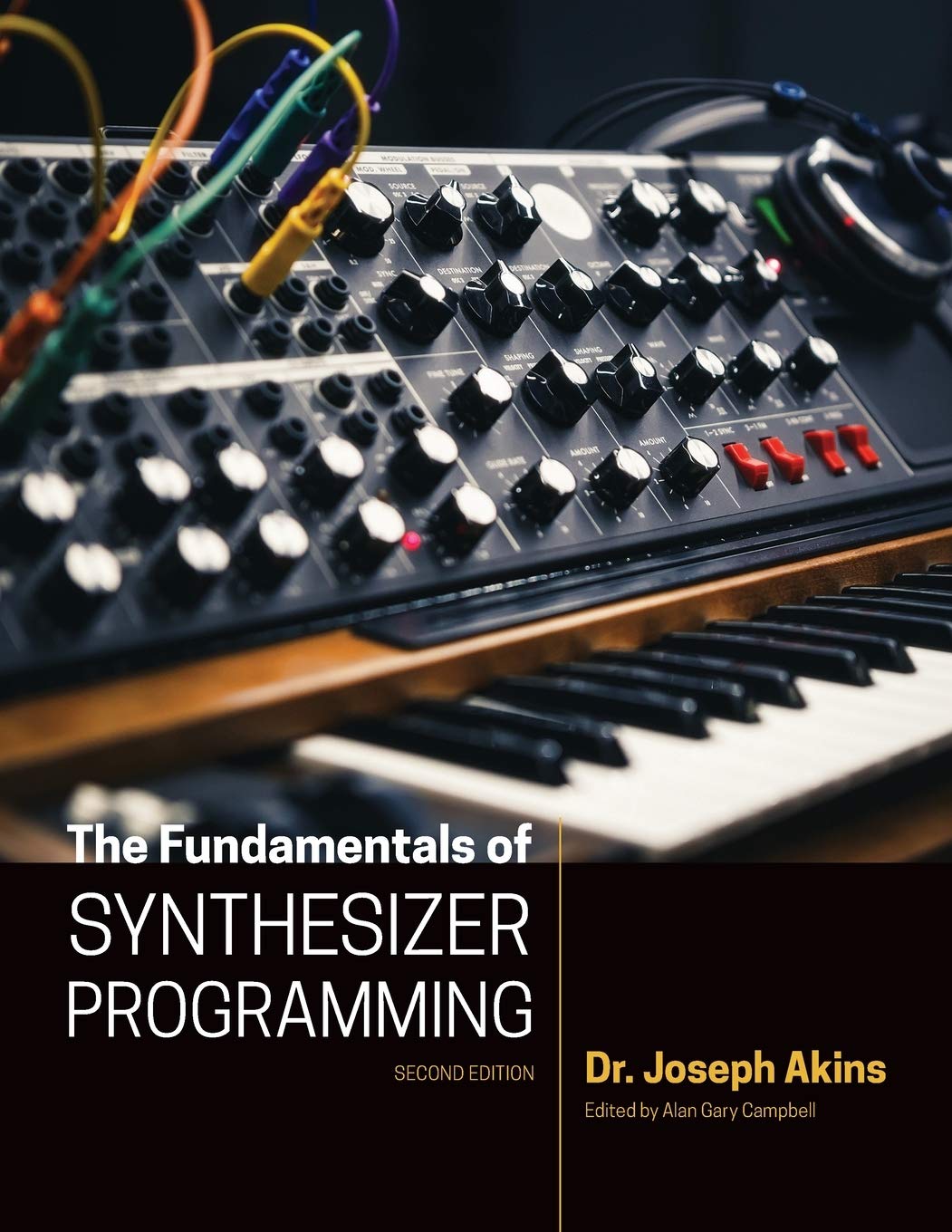
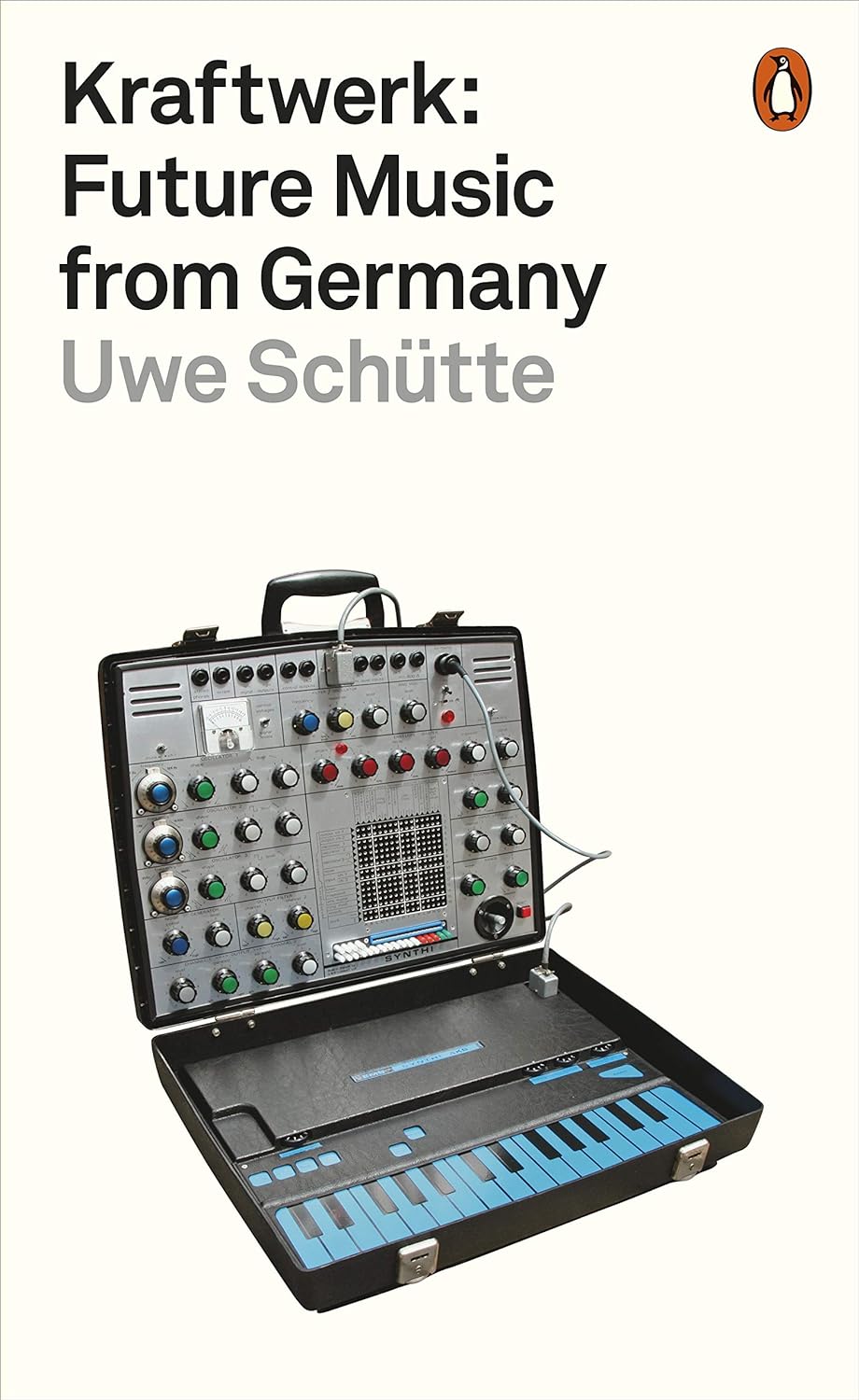
© Matrixsynth - All posts are presented here for informative, historical and educative purposes as applicable within fair use.
MATRIXSYNTH is supported by affiliate links that use cookies to track clickthroughs and sales. See the privacy policy for details.
MATRIXSYNTH - EVERYTHING SYNTH













© Matrixsynth - All posts are presented here for informative, historical and educative purposes as applicable within fair use.
MATRIXSYNTH is supported by affiliate links that use cookies to track clickthroughs and sales. See the privacy policy for details.
MATRIXSYNTH - EVERYTHING SYNTH





